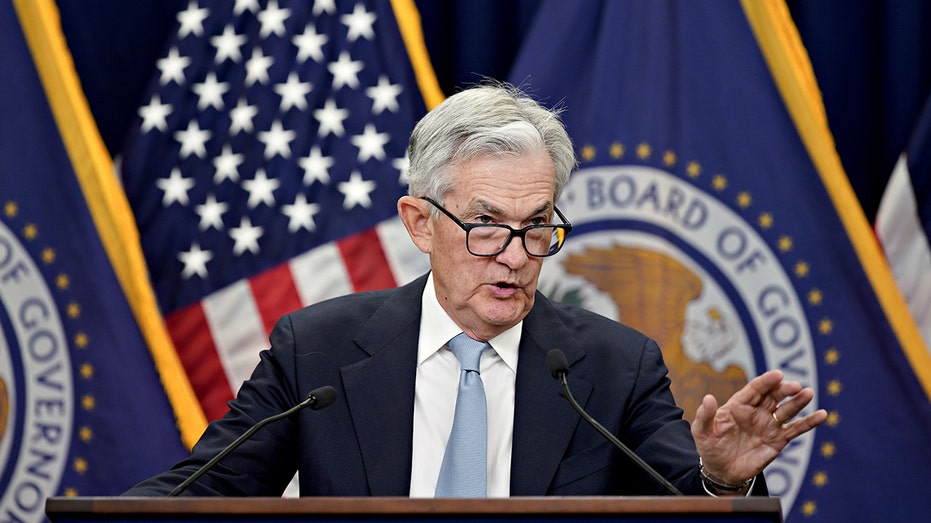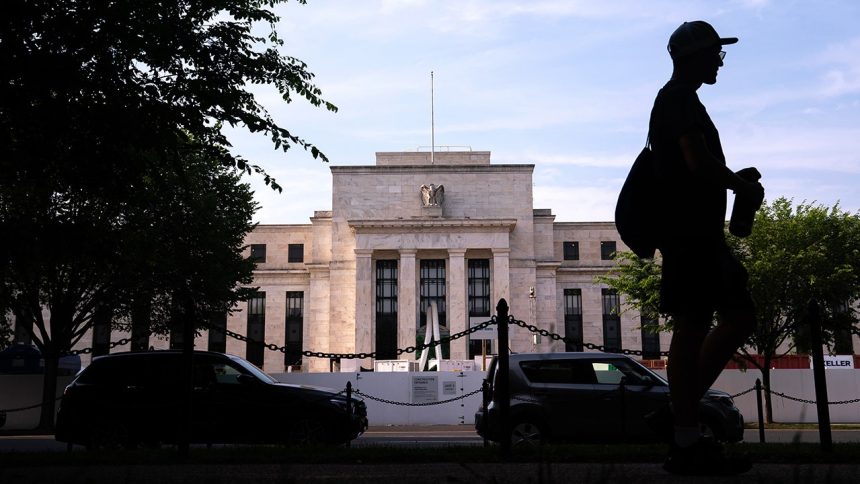The era of easy money is finally coming to an end, and the U.S. economy faces a “reckoning” as businesses grapple with rising loan costs, according to a new survey from RSM.
The findings indicate that rising interest rates pushed up the cost of commercial and industrial loans, making it more difficult for middle-market firms to meet payrolls and finance any expansion.
More than three-quarters – about 77% – of senior executives at firms expect interest rates to increase in the coming months. A stunning 82% of respondents in the RSM Middle Market Business Index survey said that rising rates carried a negative risk to their operations.
US RECESSION REMAINS ‘MORE LIKELY THAN NOT,’ DEUTSCHE BANK WARNS
“The result is a risk to economic growth across the real economy and, potentially, a recession,” said RSM chief economist Joe Brusuelas in a related blog post about the survey.
The astronomical rise in rates is hitting smaller businesses the hardest. Small and mid-sized firms already pay anywhere between 10.9% to 15.5% for financing, the survey found, far higher than in the past two decades. Those rates are raising the risk premium on lending close to double-digits, a “dynamic that was hard to imagine even two years ago.”
For many firms, higher rates have yet to take effect. About one-third of smaller middle-market firms have loans paying below 5%, while about 24% have loans between 5% and 7%. Those loans will ultimately need to be rolled over at higher rates, further threatening cash flow.
MOODY’S DOWNGRADES US BANKS, WARNS OF POSSIBLE CUTS TO MAJOR LENDERS
Brusuelas pointed to recent research that indicates after a tightening shock of 100 basis points, research and development spending declines anywhere between 1% and 3%, while venture capital spending plummets by about 25% in the following one to three years.
Federal Reserve policymakers have raised interest rates sharply over the past year, approving 11 rate hikes in hopes of crushing inflation. In the span of just one year, interest rates surged from near zero to above 5%, the fastest pace of tightening since the 1980s.

Officials have signaled that additional rate hikes are on the table this year until there is more substantial evidence that high inflation has retreated for good.
The Fed next meets Sept. 19-20, and is widely expected to hold rates steady at the current 22-year high.
Given the rapid rise in interest rates, the impact on lending conditions across the economy is “nontrivial.”
Manufacturing, housing, technology, life sciences firms and private equity will face “significant adjustment” periods during the new age of high interest rates.
“The zero interest rate era has ended. A new era with higher nominal and real interest rates is upon us,” Brusuelas wrote. “Middle market firms report paying, in some cases, double-digit rates to finance payroll and business expansions – far higher than in the past 20 years. Adding to the risk is the large volume of loans made during the previous era that need to be rolled over at significantly higher rates.”
Read the full article here




